You can only imagine the lovely navigable creeks and forested lands of Hampton visited by Captain John Smith in the first decade of the 1600s. On several occasions, he and his crew reconnoitered what is now Hampton, before founding the city in 1610. You history buffs know that this was just a few years after they established the Jamestown settlement and that Hampton is the oldest continuous English-speaking settlement in the “new world.”
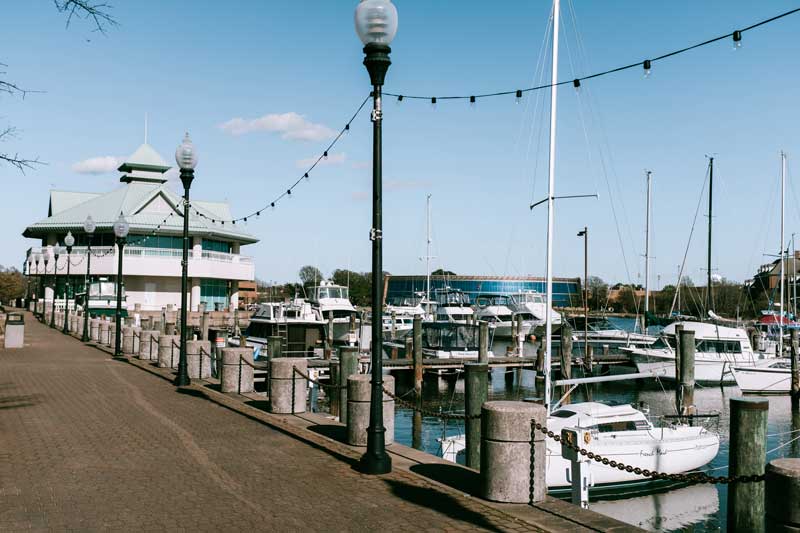
According to the history section of the city’s official website: “The history of Hampton, a small southern city, has the ability to illuminate the arc of American history in a unique way, at once personal and complex, and fundamental in America’s early settlement, education, slavery, war, and modern technology and innovation.” And indeed, it is true.
War: The land destined to become Hampton was already populated by the members of the Native American Kecoughtan Tribe. The first skirmish between Native Americans and European settlers occurred in Hampton. The city played key roles in the Revolutionary War, the War of 1812 (being burnt by the British), and the Civil War (burnt again by the Confederates).
Education: In 1634, European colonist Benjamin Syms established America’s first “free school.” His goal was to educate local children at reduced or no cost. Hampton Public Schools still benefit from his initial bequest.
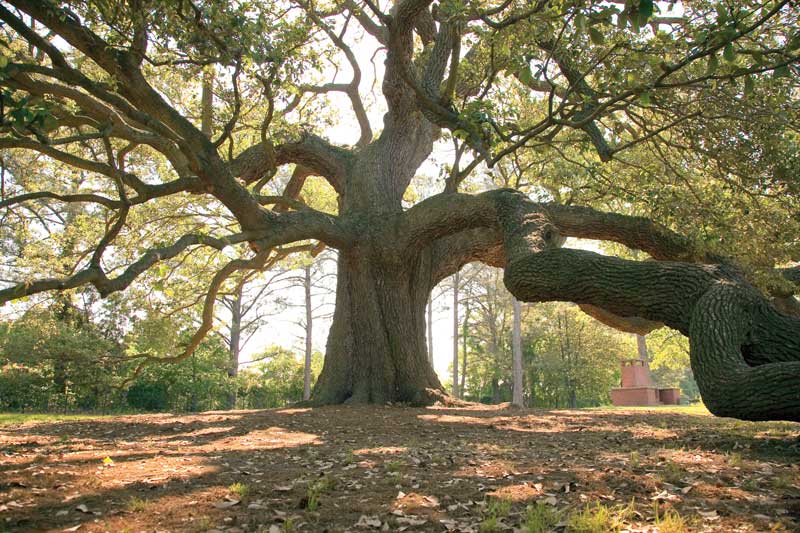
Hampton University, founded in 1868 as Hampton Normal and Agricultural Institute, is one of the nation’s oldest and most prestigious Historically Black Colleges and Universities (HBCUs). The campus lies along the eastern side of the Hampton River, just across from downtown. The University has a long list of distinguished graduates including Booker T. Washington. Rosa Parks worked on campus beginning about two years after her famous arrest for not giving up her seat on a Montgomery, AL, city bus to a white patron.
Slavery: As early as 1619, English privateers arrived in Hampton with a cargo of captured and enslaved Africans. They sold them in exchange for food and supplies. Among these first enslaved Africans in English America were Anthony and Isabella Tucker. In 1626, Isabella gave birth to a son, William Tucker. He was the first child of African descent born in English America.
It is worth noting here that Hampton also led the way to the demise of slavery. In May 1861, just a couple of months after Abraham Lincoln’s inauguration and a month after the fall of Fort Sumter, three enslaved men arrived at Hampton’s Union-controlled Fort Monroe. They sought and got the ear of the Fort’s commanding officer, Major General Benjamin Butler. Butler determined the three slaves were “contraband of war” and refused to return them to their owner. As word spread, thousands of nearby enslaved people flocked to Fort Monroe, which became known as “Freedom’s Fortress.” It was perhaps the first step in slavery’s collapse.
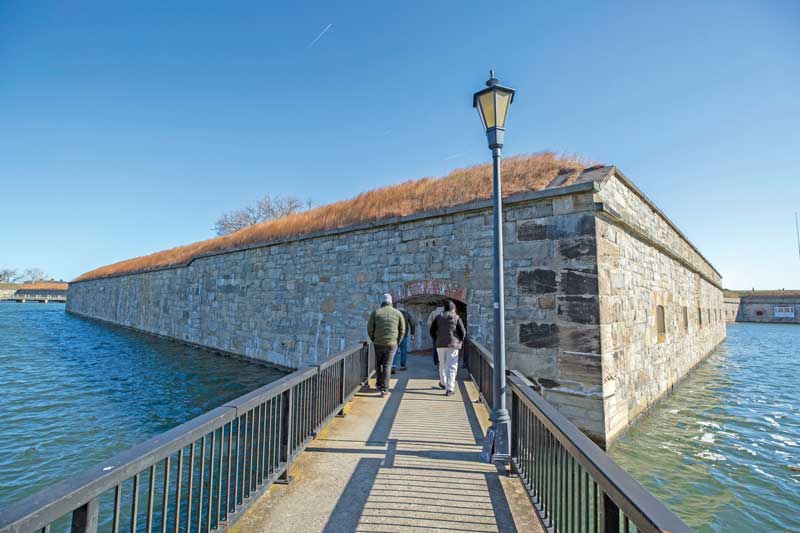
Innovation: Just off the Hampton River, the Civil War battle between the ironclads, the USS Monitor and CSS Virginia (formerly USS Merrimack), established a new era in naval warfare. The battle was a draw but marked the change from warships of wood and sail to iron and steam.
Modern Technology: During World War I, Hampton was named the site of the nation’s first aeronautical laboratory. The first successful aircraft launch from an aircraft carrier was in the waters off Hampton.
Today, we know it as the NASA Langley Research Center. The Center was the location for the training of the original Mercury 7 astronauts as well as crews for the Apollo lunar landing missions. The storyline behind the movie “Hidden Figures” happened in Hampton.
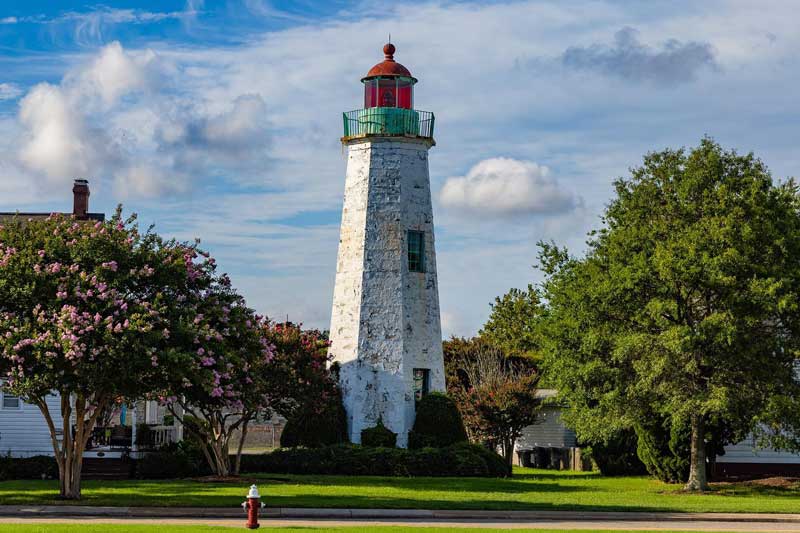
Pirates! The official Hampton history web page did not mention Hampton’s role in defeating piracy. But we got the scoop! One of our best-known pirates back in the day was Edward Teach, known far and wide as Blackbeard. He was an English pirate who prowled the colonies and wreaked untold havoc on local shipping.
In 1718 the then Governor of Virginia, Alexander Spottswood, sent troops to capture or kill Blackbeard. They found him on his ship anchored behind North Carolina’s Ocracoke Island. Apparently, he was entertaining on the ship and the crew was mostly ashore. In short order he was dead, and his head was hung from the bowsprit of the ship sent to kill him. His head later appeared on a piling at the entrance to Hampton River as a clear warning to would-be pirates. That spot is still known as Blackbeard’s Point.
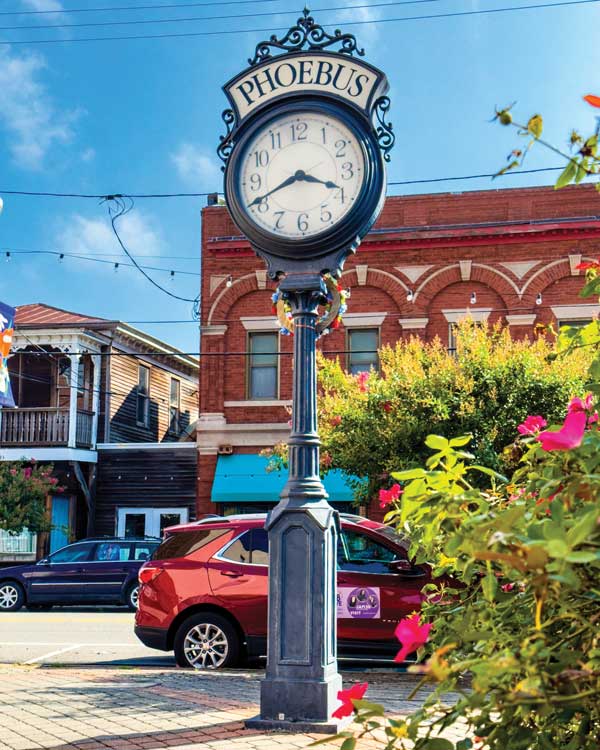
Visiting Hampton
Pirates’ dismembered heads aside, Hampton is a gem of a place to visit on the Lower Bay. You can find marina slips and anchorages on the (northern) Back Creek side of Hampton as well as the (eastern) “Bay” side, in the Salt Ponds and adjacent to Fort Monroe (south). The best connection to downtown Hampton is via the Hampton River, entered from the “Hampton Roads” side of Hampton.
Inside the calm confines of the Hampton River, you will find you can spend days exploring and eating (and drinking). Several marinas beckon, including the large Safe Harbor Bluewater Marina. If you are in need of boat service or fuel, this is a good place to stop.
Just beyond, up the river a bit further, is downtown Hampton. The Docks at Downtown Hampton (municipal marina) and Hampton Yacht Club (yacht club with reciprocal privileges) offer dockage and amenities within walking distance of all that downtown Hampton has to offer. And, it has a lot to offer!
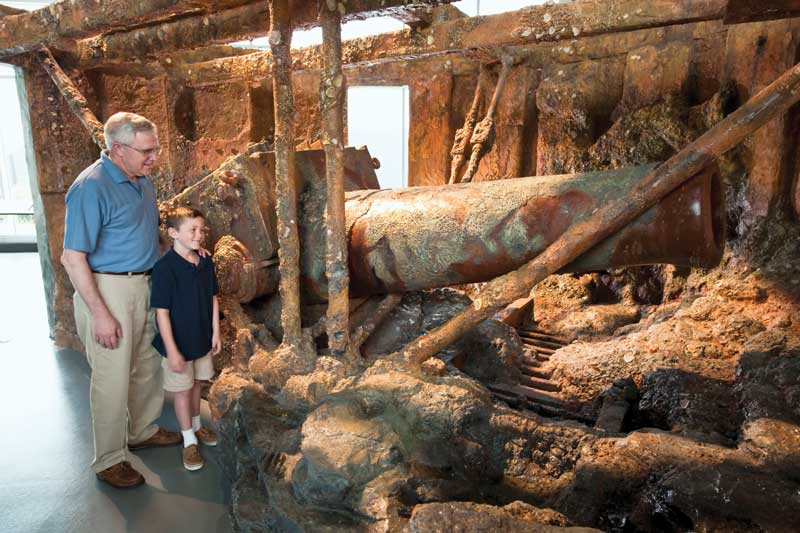
Museums: The Virginia Air and Space Museum and the Hampton History Museum are just steps away. The Museum at Hampton University is across the river. A worthy 15-minute Uber ride can get you to the Mariners’ Museum in adjacent Newport News. We can’t over-emphasize the attraction of this facility. It is amazing!
Libations and more: Downtown Hampton has food and beverages in abundance. Among our favorites are two excellent brewpubs, so close you can almost taste the hops. Immediately adjacent to the Docks at Downtown Hampton and maybe a 10-minute walk from the Hampton Yacht Club you will come upon Bull Island Brewing Company. As a brewpub, you would expect a good selection of brews. What may surprise you is the creative selection of food to go with your beer.
The Vanguard Brewpub and Distillery is a bit further, more like a 15-minute walk from the marinas. The brewery/distillery is located in a former National Guard Armory building now on the Historic Register. The bar is huge! The food and beverage choices don’t disappoint either. It is a mix of live entertainment, craft brewing, and small-batch distilling at its best.
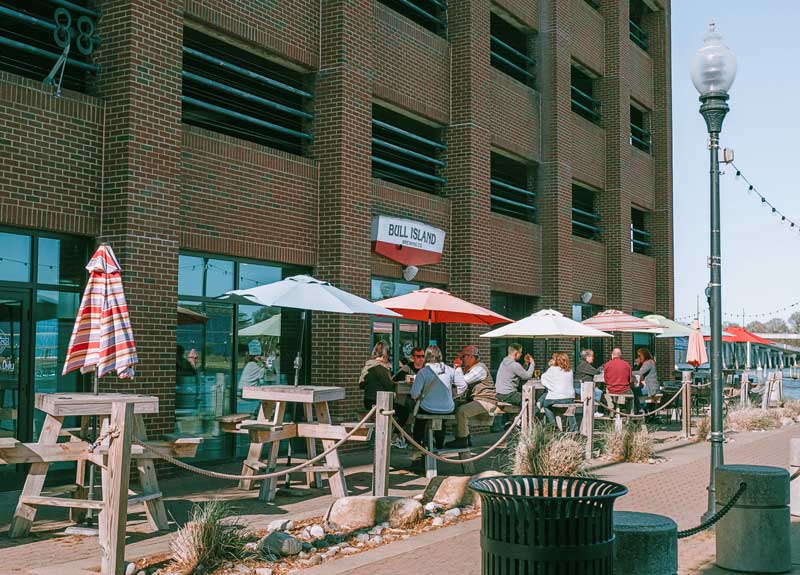
All the major food groups are available in a dozen or more restaurants, bars, and pubs. You will not soon run out of new choices to try, all within an easy walk of your boat.
While you are out walking, try Amory Seafood, also along the docks. They offer a spectacular variety of fresh local and imported seafood you can take back to the boat to cook and enjoy. As you visit you should know that Amory Seafood has been in business in that location for over 100 years.
Getting there: Adjacent to the north island of the Hampton Roads Bridge-Tunnel (with all the construction cranes as they add two additional tunnels and accompanying bridges), you will find a daymark, R2. That begins a dog leg left channel that leads you into the mouth of the Hampton River. Once inside the river, downtown is less than a mile ahead.
If you are on the southern end of our lovely Bay, Hampton offers small-city ambiance with some big city features. Stop in and smell the crab cakes!
By Mike Pitchford and Gary and Mary Bodie
About the Authors: Mike Pitchford is a regular contributor to PropTalk. Gary Bodie is a competitive sailor and sailing coach who has gone to the “dark side” and purchased an Eagle 40 trawler. He is a Hampton native, and Mary is a long-time resident. Together they have begun cruising the new-to-them trawler on the Bay and beyond.
Hampton Cup Regatta
By Mike Pitchford
The Hampton Yacht Club, known for competitive sailing, is home to a powerboat race that is almost 100 years old (first race, 1926). It seems some of the club members decided to have a race to test the speed of their boats and the navigation prowess of their skippers. From those humble beginnings grew one of the most popular competitions in the world of speedboat racing.
Those first motorized race boats were, naturally, made of wood. They bear little resemblance to the sleek carbon fiber racers of today. In the early regattas, the top speed of the fastest boats was around 35 mph. Most competitors drove their boats to the race, competed, and drove home. Today, not so much.
The first hints of expansion beyond the members of the Hampton Yacht Club came in the early 1930s. The Dodge automobile family had ventured into boat building, next door, in Norfolk. Seeing an opportunity to expand the brand, they created a trophy called the Dodge Cup, which they presented to the winner of the Hampton Cup Regatta. The notoriety brought outside competition to Hampton.
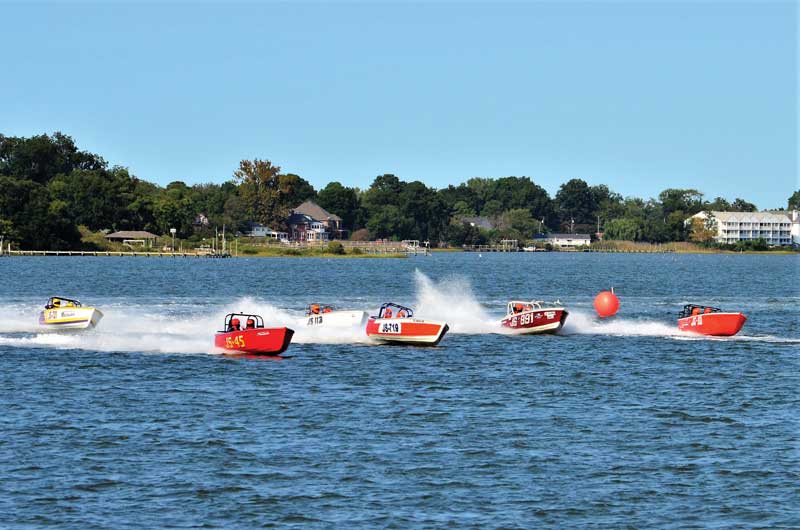
In the 1940s, Henry Lauterbach, a boat builder out of Norfolk, was deeply involved in the regatta. The racing boats had moved to hydroplane hulls and Lauterbach built more than 200 hydroplanes during his boat-building tenure. He was the National High Point Champion in three different American Power Boat Association (APBA) inboard classes and was inducted into the APBA Hall of Fame in 1956.
Another notable regatta racer was Bill Sterett. One of his boats, the Miss Chrysler Crew, was the only boat, post-World War II era, to win an “Unlimited” class race with automotive power. The power was a pair of 426-cubic-inch supercharged Chrysler big block engines. The Dodge family connection continued!
Today, the Hampton Cup Regatta attracts vessels and crews from the US and from as far away as Australia and New Zealand. The regatta is sanctioned by the APBA, and the host club is the Hampton Cup Racing Club. The event has been the host to the World Inboard Hydroplane Championship, North American Championships, and Summer Nationals.
This year the regatta will be held September 21 and 22. Several race classes, landside entertainment, and a vintage car show will add to the excitement. Don’t miss it!